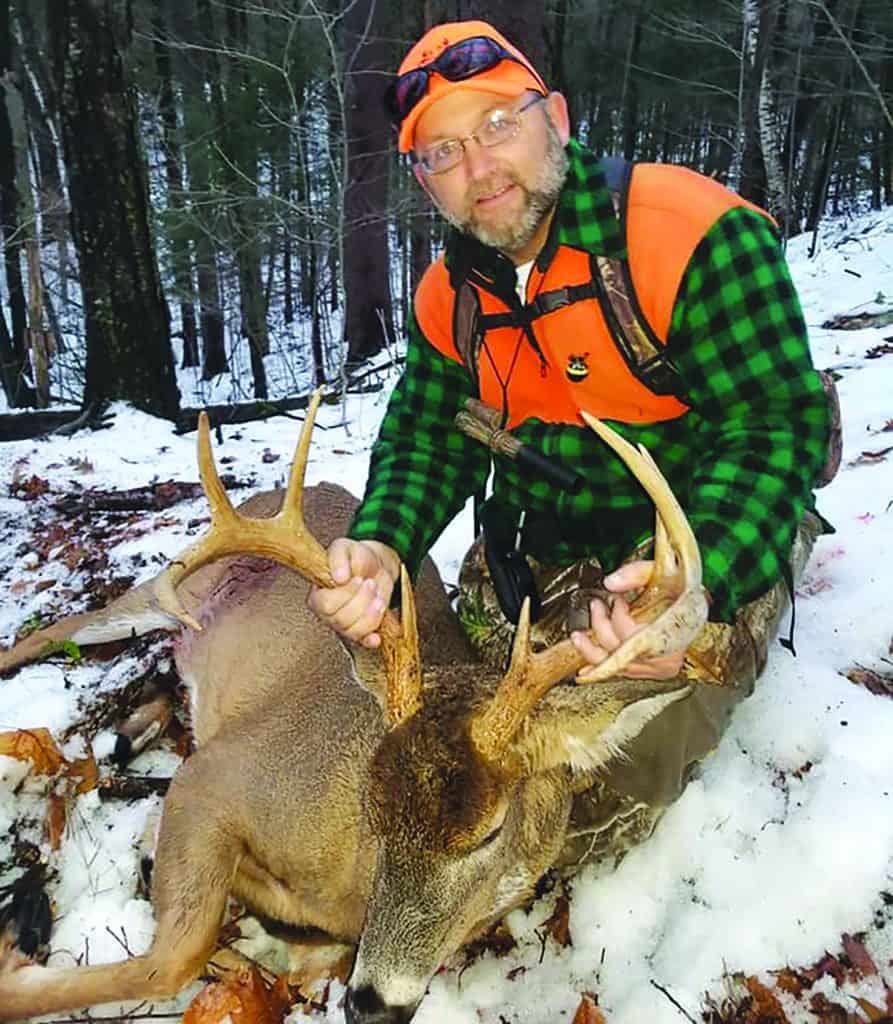
Staff report
Deer hunters had a strong year in 2019. The Vermont Department of Fish and Wildlife estimates16,479 deer were harvested — the fourth highest total since 2000.
“There were a lot of nice deer shot,” said Vermont FIsh and Wildlife Deer Project Manager Nick Fortin. “Our harvest is certainly going to be lower than (the 2018 season), but still one of the better years we’ve had.”
The 2018 harvest was one of the best on record, with 19,011 deer taken — the most since 2000, when 20,498 deer were harvested.
Fortin said deer hunters typically take 14,000 to 15,000 deer per year.
He said when there’s an abundance of acorns and beechnuts, deer stay deep in the woods and are harder for hunters to see. Food scarcity forces deer to look for food out of the foods and brings them closer to people.
“Basically the deer were clumped,” Fortin said.
There are about 70,000 hunters in the state and Nortin said there were about 135,000 white-tailed deer in 2019 — down from about 155,000 in 2018.
The Legislature approved sweeping changes to deer hunting regulations last year, which went into effect in the 2020 season. The number of deer allowed to be harvested annually will increase from three to four, but the number of antlered bucks people can take per year will decrease from two to one.
Despite controversy surrounding the move, the state said the goals of the changes were to better regulate the deer population and address the aging demographic of deer hunters in the state.
The 16,479 deer harvested this year were enough to provide 3.3 million servings of venison.
Hunters took 3,739 deer in archery season, 1,636 in youth season, 7,467 in rifle season and 3,637 in muzzleloader season. About 2,224 of those deer were harvested in Rutland County and 1,784 in Windsor County.
Tinmouth Town Clerk Gail Fallar said some hunters complained about not seeing as many deer in November.
“[In 2019] there were many more deer,” she said.
But Fortin said a number of quality deer were harvested in the November season.
“Maintaining an appropriate number of deer on the landscape ensures deer and the habitats that support them remain in good condition and productive,” said Fortin in a press release. “A strong buck harvest following the relatively severe winter of 2019 clearly demonstrates the value of keeping the deer population in balance with its habitat.”




